Ideal Lumens for Living Room:
When it comes to creating the perfect atmosphere in your living room, lighting plays a crucial role. The right lighting can make a space feel cozy, inviting, and even spacious. But with so many options available, it can be overwhelming to determine the ideal lumens for your living room. In this guide, we will break down the recommended lumens for a living room and provide tips for achieving the perfect lighting in your home.
How Many Lumens Do You Need for a Living Room?
First, let's define what lumens are. Lumens refer to the amount of light emitted by a light source. The higher the number of lumens, the brighter the light. So, how many lumens do you need for a living room? The ideal lumens for a living room can vary depending on the size of the room, the purpose of the room, and personal preferences. However, a general rule of thumb is to aim for 1,500 to 3,000 lumens for a standard-sized living room.
Living Room Lighting Guide: How to Choose the Right Lumens
When choosing the right lumens for your living room, it's essential to consider the function of the space. If your living room is primarily used for relaxing and watching TV, you may want to opt for a softer, ambient lighting with lower lumens. On the other hand, if your living room is a multi-functional space used for reading, working, and entertaining, you may want to incorporate a mix of lighting that can be adjusted for different activities.
The Best Lumens for Every Room in Your Home
While we're focusing on living room lighting, it's worth noting the recommended lumens for other rooms in your home as well. Bedrooms typically require 1,500 to 2,500 lumens, while kitchens and dining rooms need 3,000 to 6,000 lumens. Bathrooms typically require the most lumens, with a range of 4,000 to 8,000 lumens. Keep these numbers in mind when considering the overall lighting scheme for your home.
How to Calculate the Perfect Amount of Lumens for Your Living Room
Calculating the perfect amount of lumens for your living room can be a bit tricky, but there is a simple formula you can follow. First, measure the length and width of your living room in feet. Then, multiply those numbers together to get the square footage. Next, multiply the square footage by 1.5 to get the recommended lumens for your space. For example, if your living room is 10 feet by 12 feet, the square footage would be 120 square feet. Multiplied by 1.5, the recommended lumens would be 180.
Lumens vs Watts: Understanding the Difference for Living Room Lighting
It's important to note the difference between lumens and watts when it comes to lighting. Watts refer to the amount of energy a light bulb uses, while lumens refer to the brightness of the light. In the past, we may have used watts as a measure of brightness, but with the introduction of energy-efficient LED bulbs, it's more accurate to focus on lumens. When shopping for light bulbs, look for the lumens rating rather than the watts to ensure you're getting the desired level of brightness.
Ideal Lumens for Different Living Room Sizes
As mentioned earlier, the ideal lumens for a living room can vary depending on the size of the room. Here are some general recommendations based on living room size:
- Small living room (less than 100 square feet): 1,500 lumens
- Medium living room (100 to 200 square feet): 2,500 lumens
- Large living room (200 to 400 square feet): 4,000 lumens
- Extra-large living room (over 400 square feet): 6,000 lumens or more
Choosing the Right Light Bulb for Your Living Room: Lumens and Color Temperature
When selecting light bulbs for your living room, lumens aren't the only factor to consider. You'll also want to pay attention to the color temperature, which refers to the appearance of the light. Color temperature is measured in Kelvins, and the higher the number, the cooler and bluer the light appears. Lower Kelvin numbers produce a warmer, more yellow light. For living rooms, it's recommended to use bulbs with a color temperature between 2700-3000K for a cozy and inviting atmosphere.
How to Achieve the Perfect Lighting in Your Living Room with Ideal Lumens
Now that you have a better understanding of lumens and their role in living room lighting, let's discuss how to achieve the perfect lighting in your space. As mentioned earlier, incorporating a mix of lighting options is ideal. This can include overhead lighting, such as recessed or track lighting, as well as table lamps, floor lamps, and sconces. This allows for flexibility in creating different moods and ambiance in your living room.
The Importance of Lumens in Creating a Cozy and Inviting Living Room
In addition to providing adequate lighting for daily activities, lumens also play a crucial role in creating a cozy and inviting living room. The right amount of light can make a space feel warm and welcoming, while too little or too much light can make it feel stark or uncomfortable. By following the recommended lumens for your living room size and incorporating a mix of lighting sources, you can achieve the perfect balance and create a space that is both functional and inviting.
In conclusion, the ideal lumens for a living room can vary depending on factors such as room size, function, and personal preferences. However, aiming for 1,500 to 3,000 lumens and incorporating a mix of lighting options can help you achieve the perfect lighting in your space. Remember to also consider factors such as color temperature and the difference between lumens and watts when selecting light bulbs. With the right amount of lumens and lighting sources, you can create a cozy and inviting living room that is perfect for relaxing, entertaining, and everything in between.
The Importance of Ideal Lumens for Your Living Room
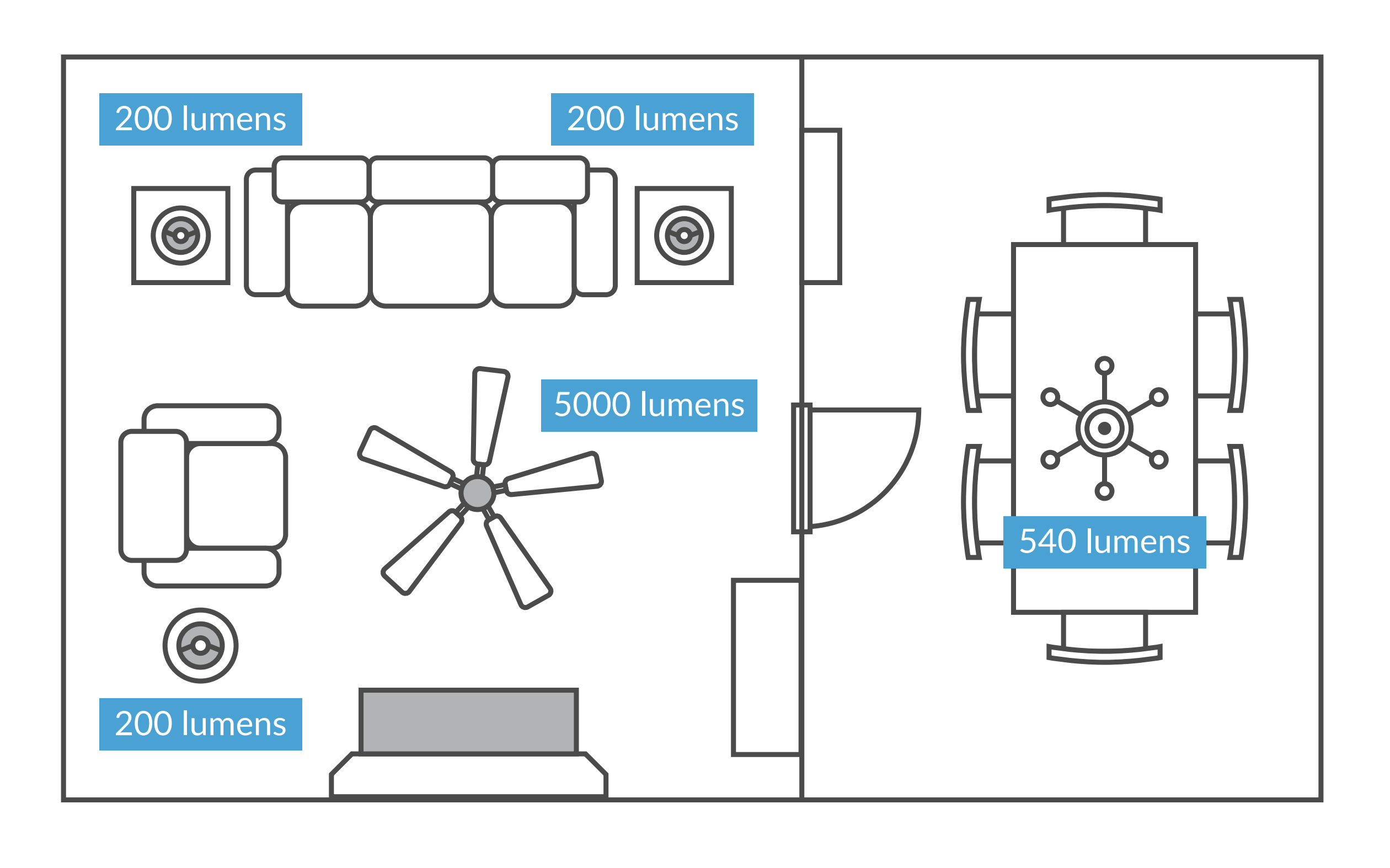
The Role of Lighting in House Design
 When designing a house, one of the most important aspects to consider is lighting. Not only does it provide functionality, but it also plays a crucial role in creating the overall ambiance and mood of a room. In particular, the living room is a space where lighting is essential as it serves multiple purposes, from a cozy gathering spot to a place for entertainment and relaxation. One key factor to take into account when choosing the right lighting for your living room is the
ideal lumens
. Here, we will discuss the importance of ideal lumens and how it can enhance your living room's design and functionality.
When designing a house, one of the most important aspects to consider is lighting. Not only does it provide functionality, but it also plays a crucial role in creating the overall ambiance and mood of a room. In particular, the living room is a space where lighting is essential as it serves multiple purposes, from a cozy gathering spot to a place for entertainment and relaxation. One key factor to take into account when choosing the right lighting for your living room is the
ideal lumens
. Here, we will discuss the importance of ideal lumens and how it can enhance your living room's design and functionality.
Understanding Lumens and Its Impact on Lighting
 Before diving into the ideal lumens for your living room, let's first understand what lumens are. In simple terms, lumens refer to the measurement of light output or brightness. The higher the lumens, the brighter the light. When it comes to lighting a living room, the right amount of lumens is crucial. Too little, and the room may appear dull and unwelcoming, while too much can create an uncomfortable and harsh atmosphere.
Ideal lumens
strike the perfect balance, providing enough light for visibility while creating a warm and inviting ambiance.
Before diving into the ideal lumens for your living room, let's first understand what lumens are. In simple terms, lumens refer to the measurement of light output or brightness. The higher the lumens, the brighter the light. When it comes to lighting a living room, the right amount of lumens is crucial. Too little, and the room may appear dull and unwelcoming, while too much can create an uncomfortable and harsh atmosphere.
Ideal lumens
strike the perfect balance, providing enough light for visibility while creating a warm and inviting ambiance.
The Benefits of Ideal Lumens for Your Living Room
 Having the
ideal lumens
for your living room has numerous benefits. First and foremost, it can greatly improve the functionality of the space. Whether you are reading a book, watching TV, or entertaining guests, having the right amount of light can make all the difference. It also enhances the aesthetic appeal of your living room, highlighting its design elements and creating a visually pleasing atmosphere. Moreover,
ideal lumens
can also contribute to energy efficiency, as it ensures that you are not using more light than needed, resulting in lower electricity bills.
Having the
ideal lumens
for your living room has numerous benefits. First and foremost, it can greatly improve the functionality of the space. Whether you are reading a book, watching TV, or entertaining guests, having the right amount of light can make all the difference. It also enhances the aesthetic appeal of your living room, highlighting its design elements and creating a visually pleasing atmosphere. Moreover,
ideal lumens
can also contribute to energy efficiency, as it ensures that you are not using more light than needed, resulting in lower electricity bills.
How to Determine the Ideal Lumens for Your Living Room
 Now that we understand the importance of ideal lumens, the next question is, how do we determine the right amount for our living room? Several factors come into play, such as the room's size, ceiling height, and the purpose of the space. As a general rule, a living room with an area of 100-200 square feet would require around 2,500-4,000 lumens. For a higher ceiling, you may need to increase the lumens to compensate for the height. It is also essential to consider the type of lighting you will be using, such as overhead lights, floor lamps, or table lamps, and how they will complement each other.
Now that we understand the importance of ideal lumens, the next question is, how do we determine the right amount for our living room? Several factors come into play, such as the room's size, ceiling height, and the purpose of the space. As a general rule, a living room with an area of 100-200 square feet would require around 2,500-4,000 lumens. For a higher ceiling, you may need to increase the lumens to compensate for the height. It is also essential to consider the type of lighting you will be using, such as overhead lights, floor lamps, or table lamps, and how they will complement each other.
In Conclusion
 When it comes to house design, lighting is a crucial element that should not be overlooked. In particular, the living room is a space where lighting can greatly impact the overall design and functionality. By understanding the importance of
ideal lumens
and how to determine the right amount for your living room, you can create a space that is both functional and aesthetically pleasing. So, the next time you are designing your living room, remember to pay attention to the lumens to achieve the perfect lighting for your space.
When it comes to house design, lighting is a crucial element that should not be overlooked. In particular, the living room is a space where lighting can greatly impact the overall design and functionality. By understanding the importance of
ideal lumens
and how to determine the right amount for your living room, you can create a space that is both functional and aesthetically pleasing. So, the next time you are designing your living room, remember to pay attention to the lumens to achieve the perfect lighting for your space.



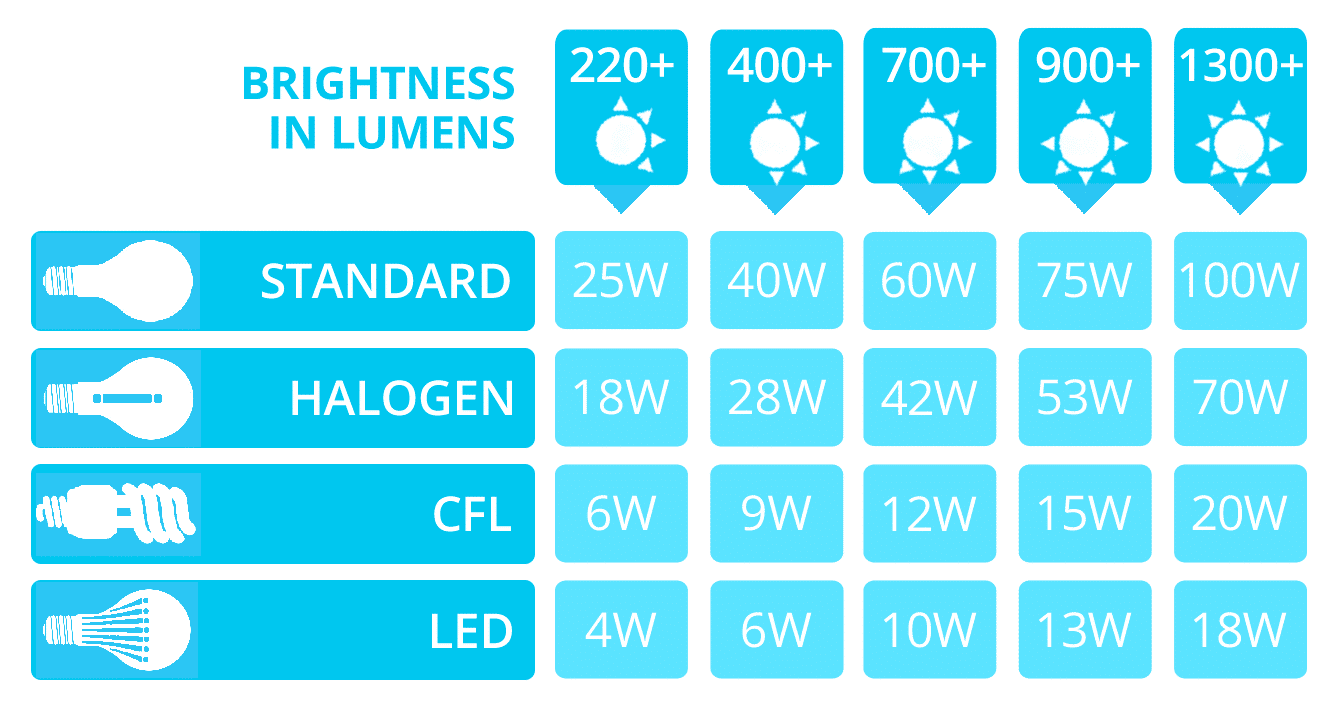















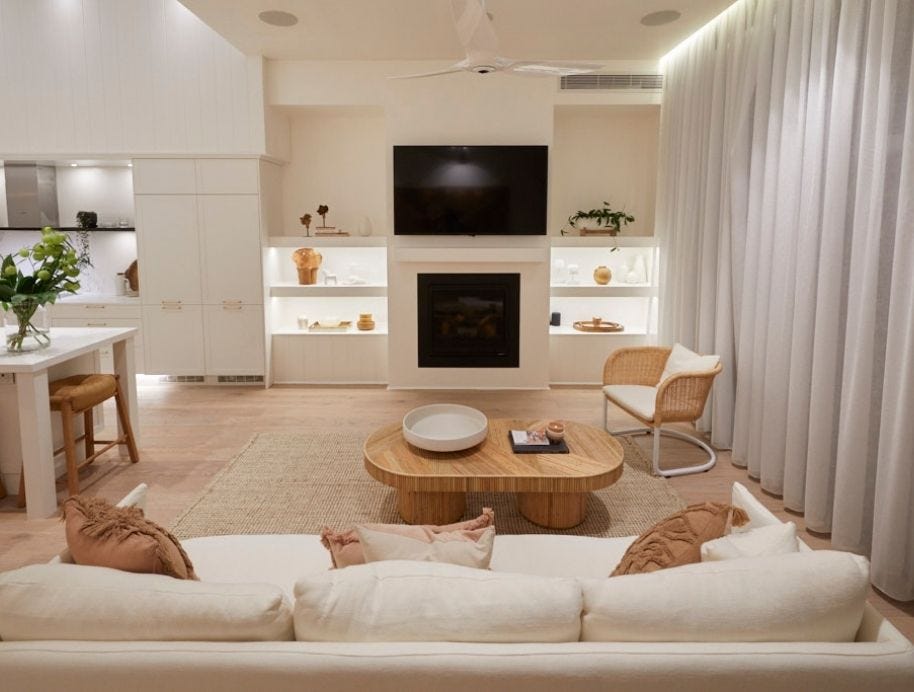
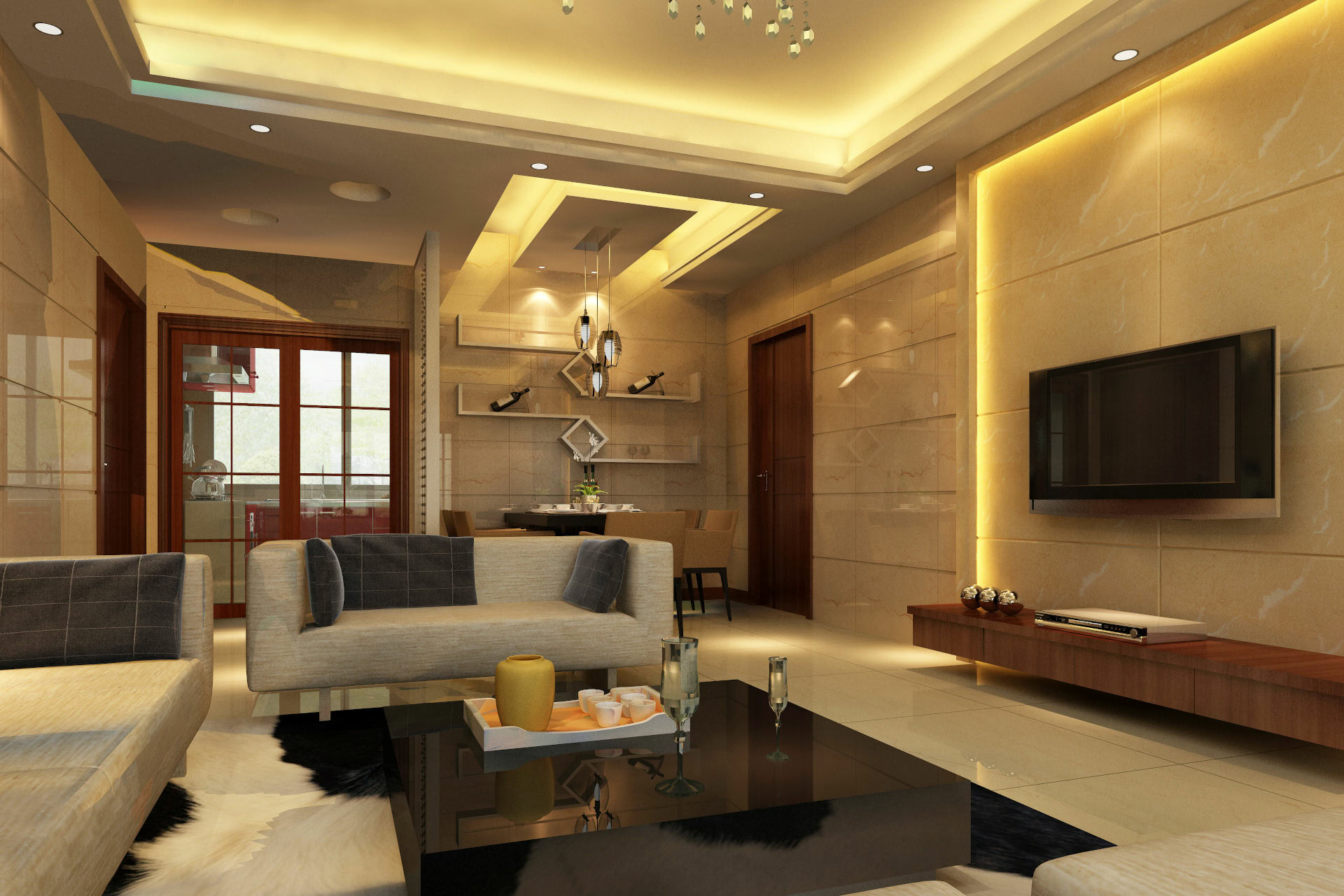
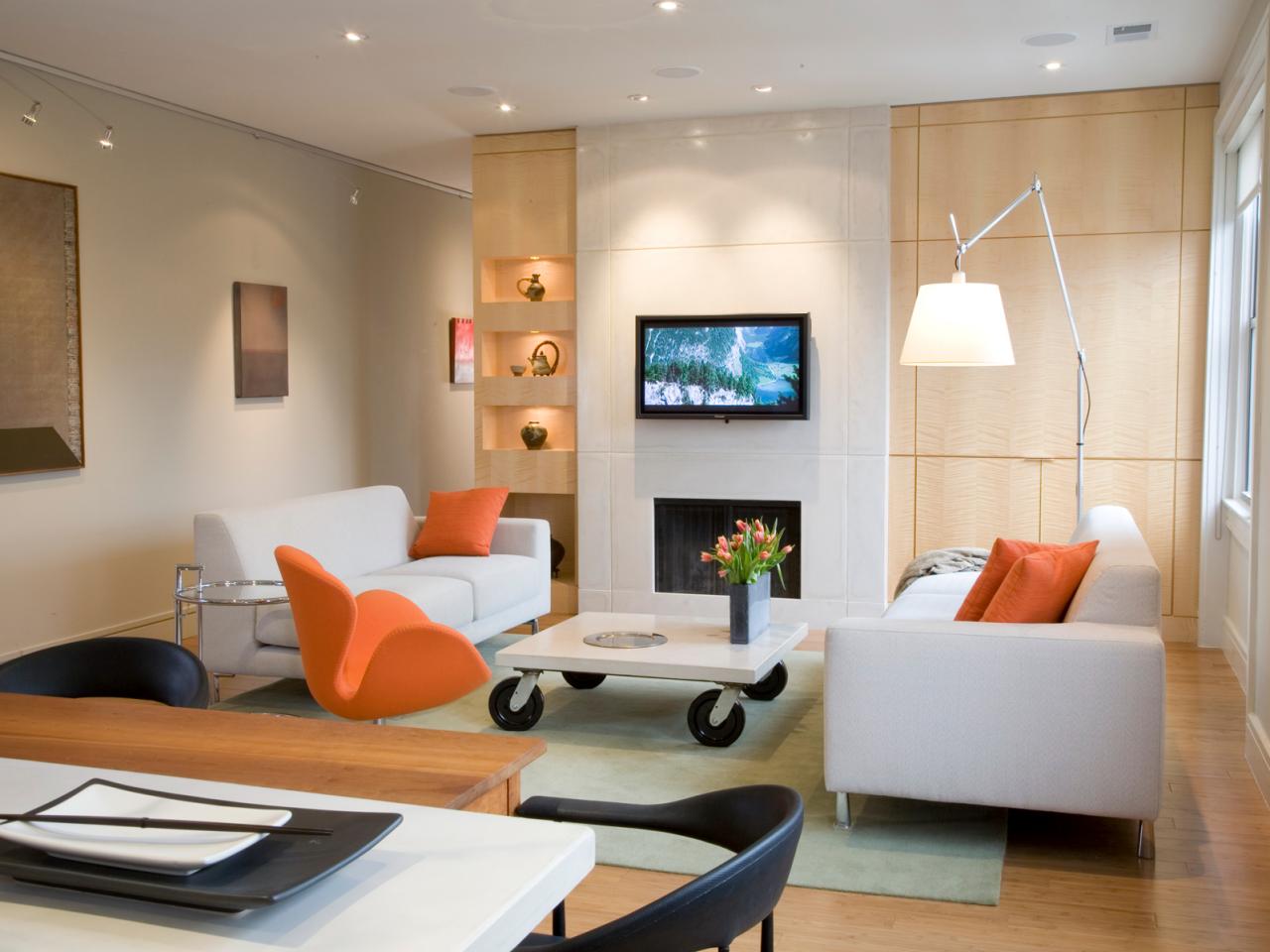


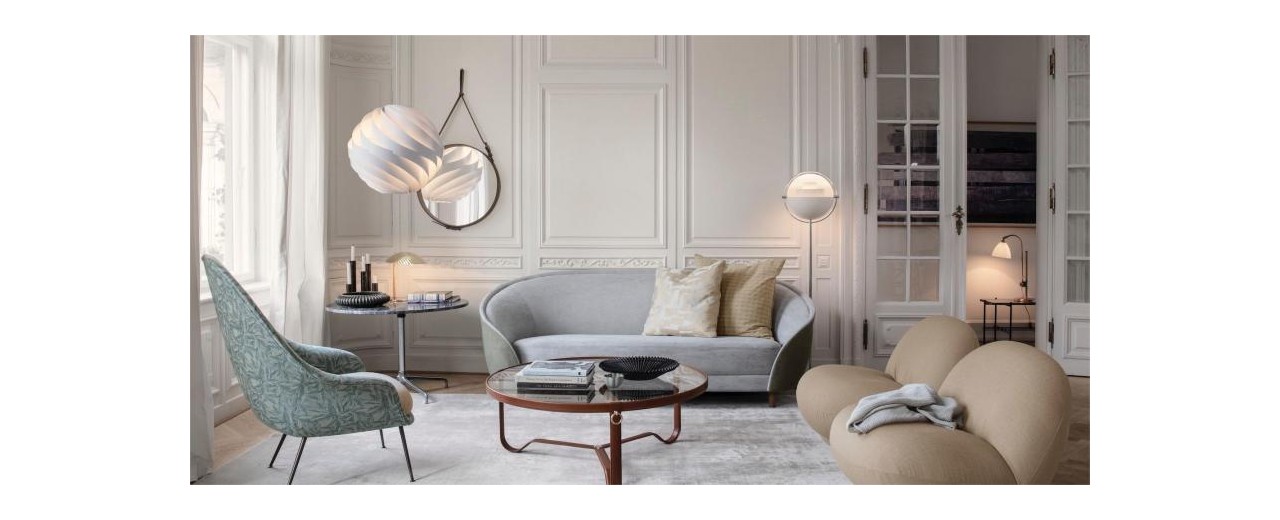
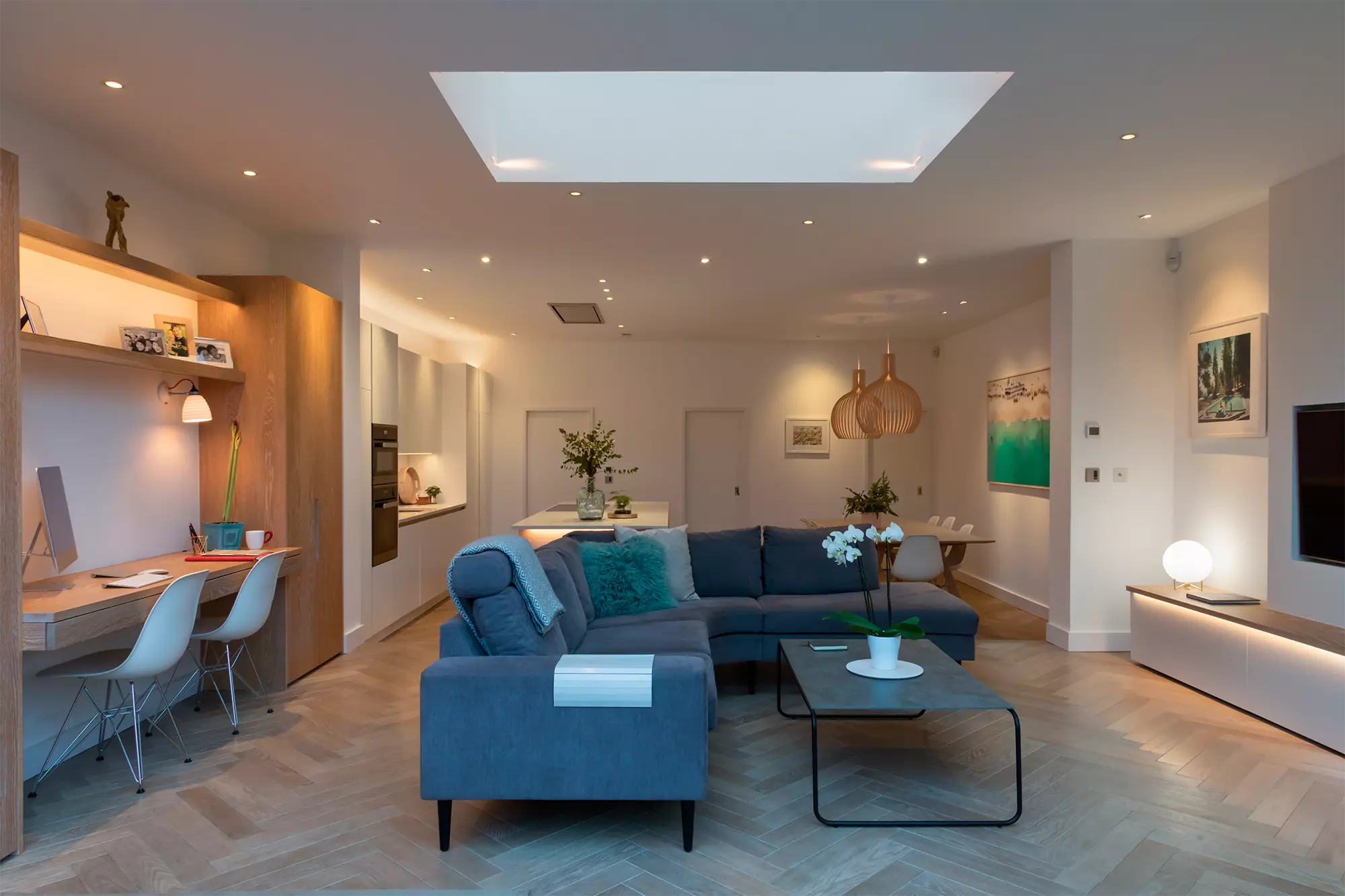





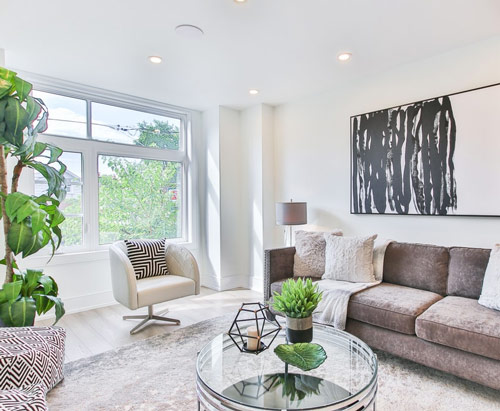
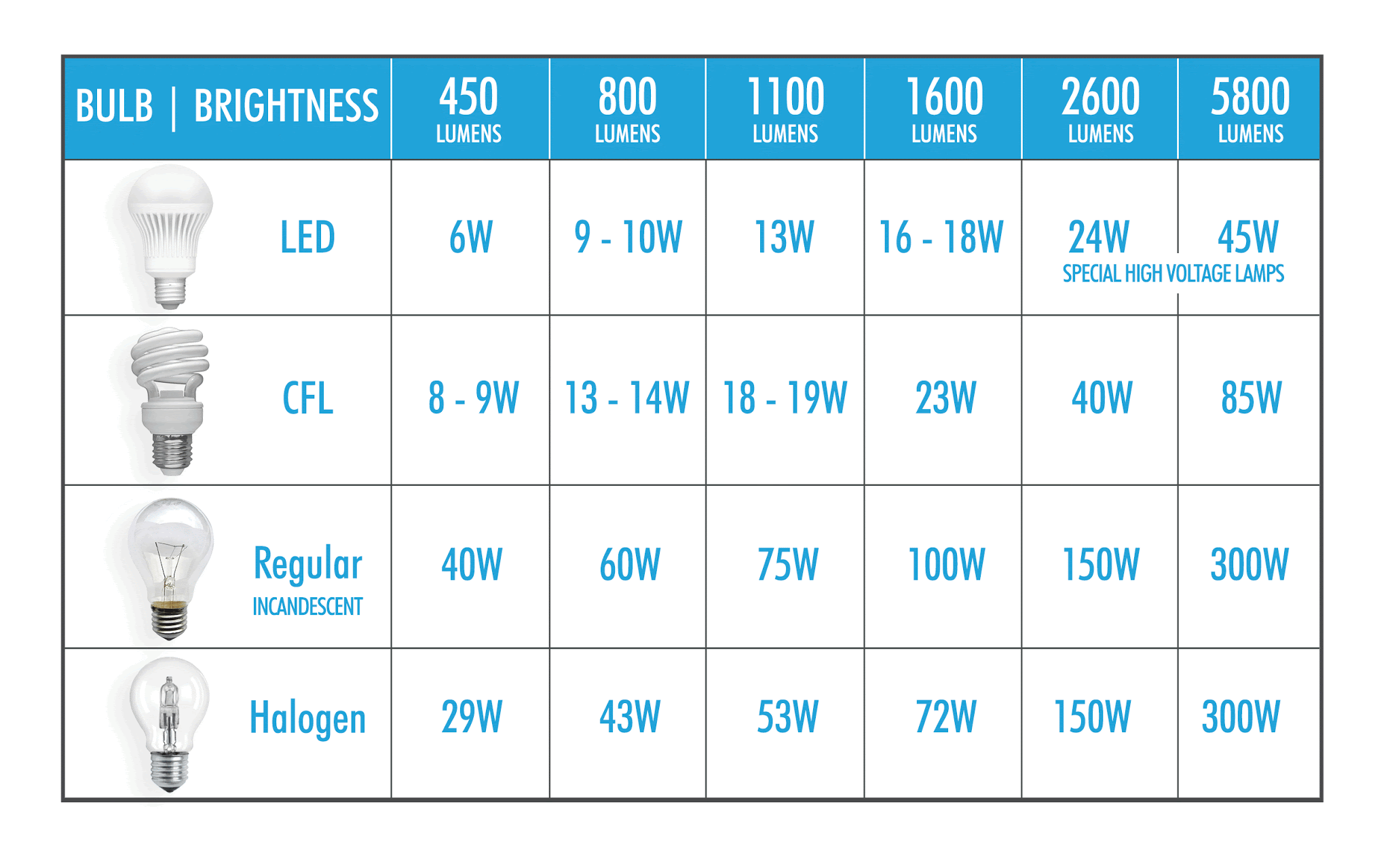
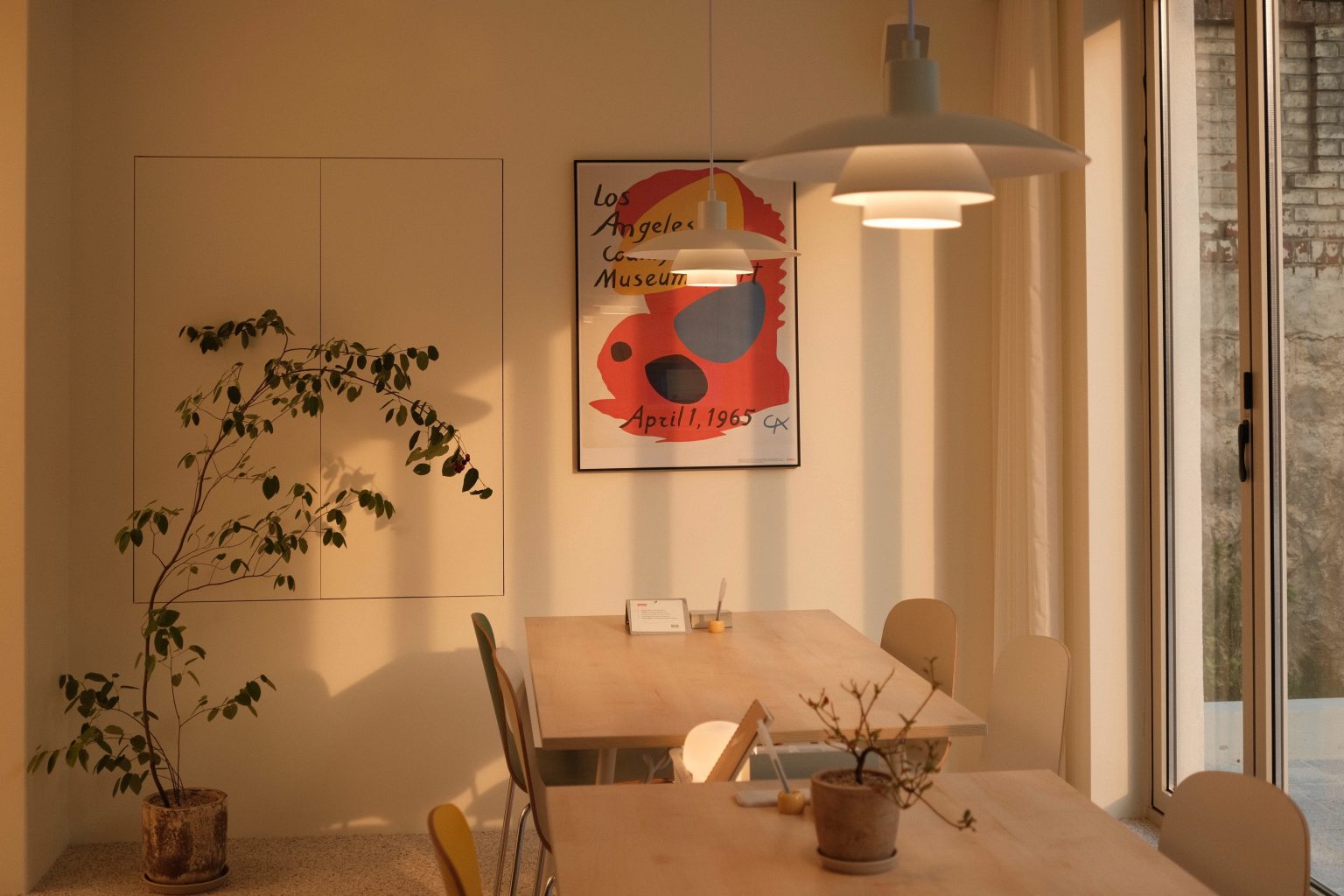






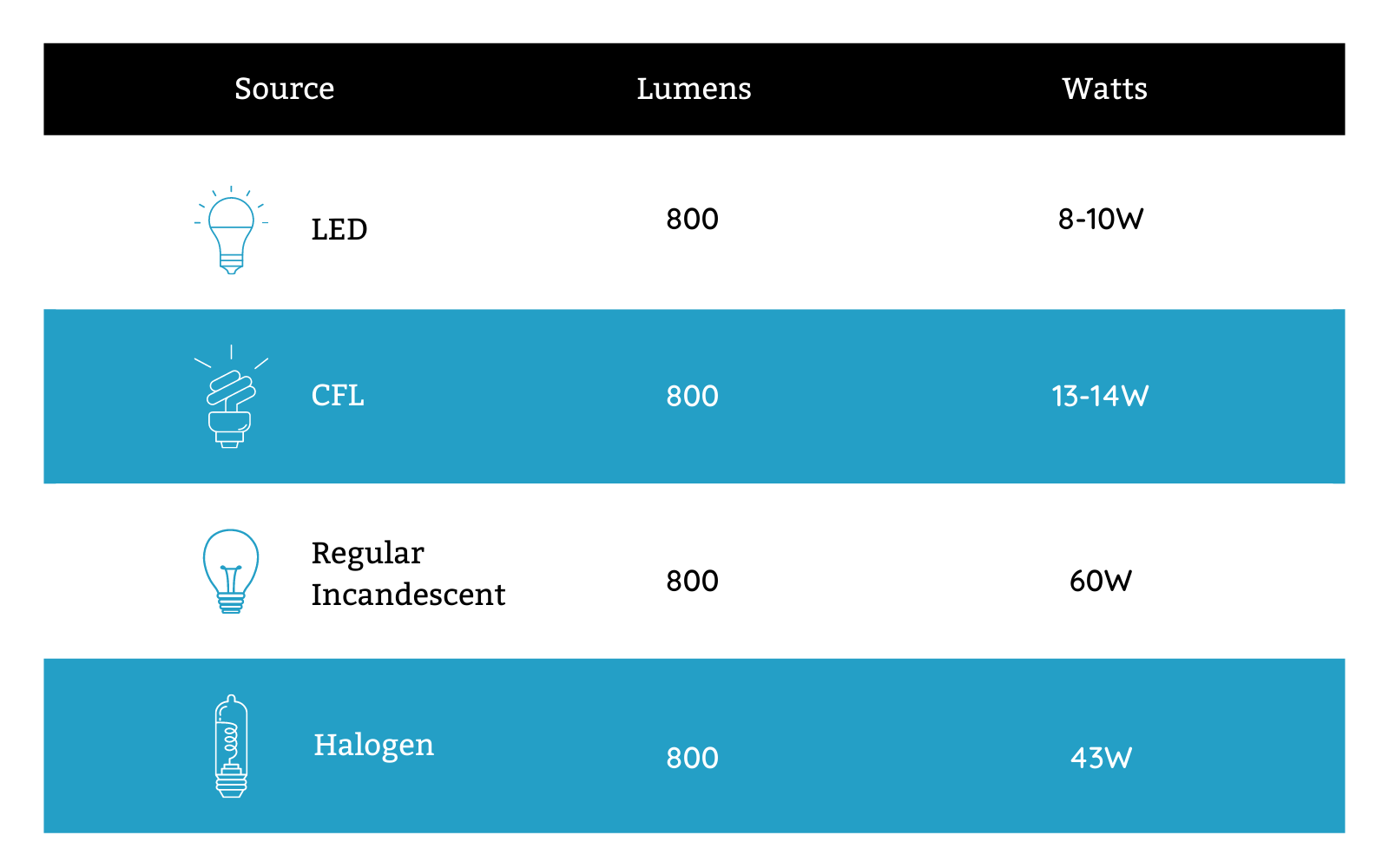
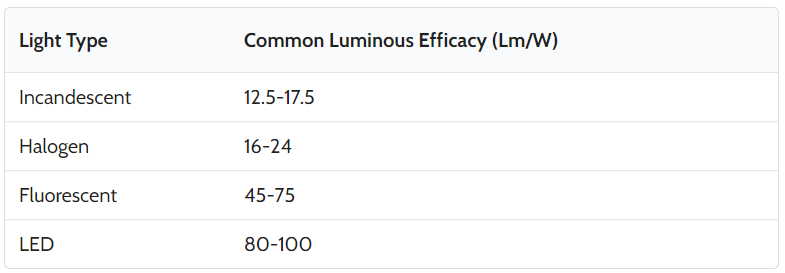
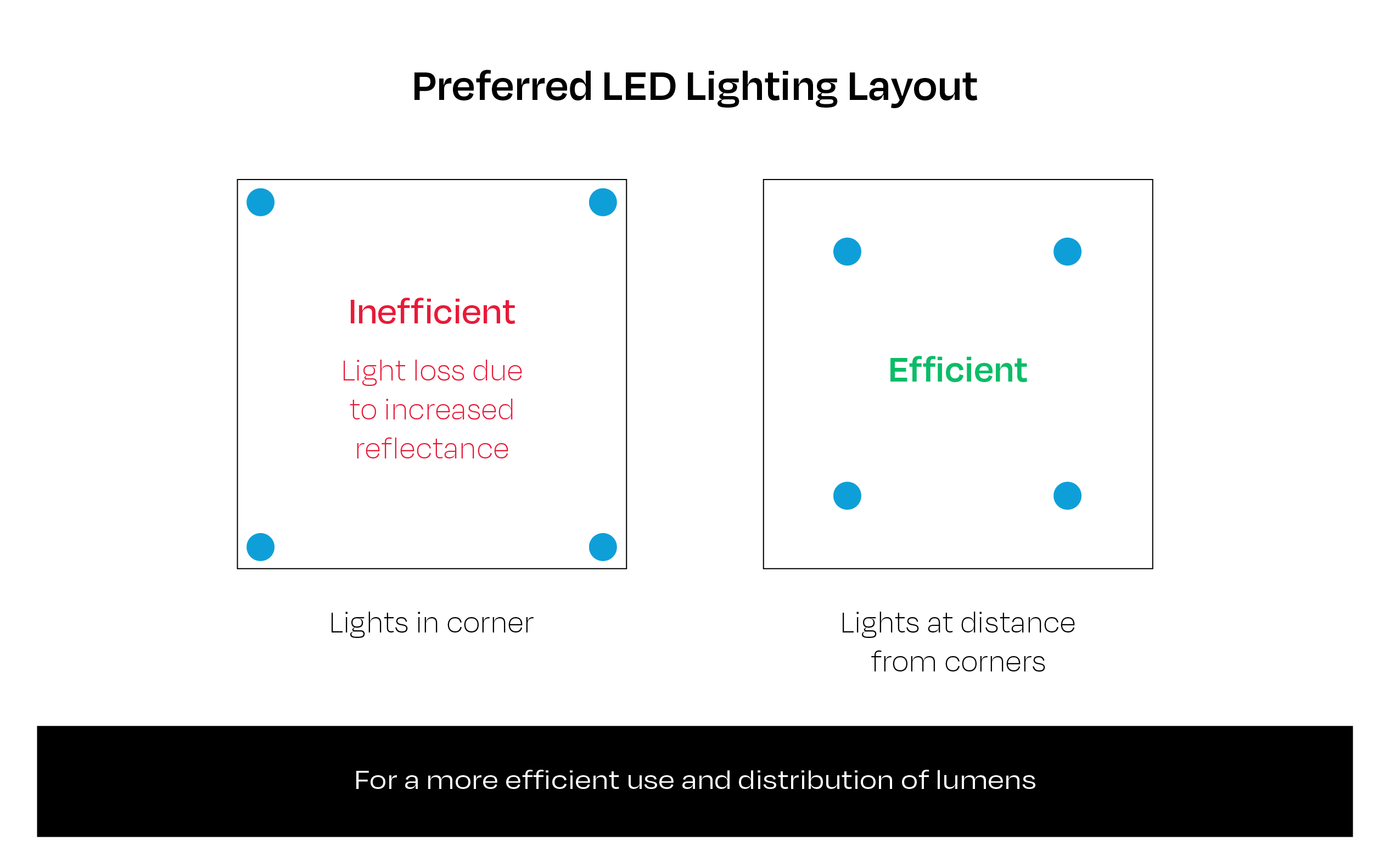
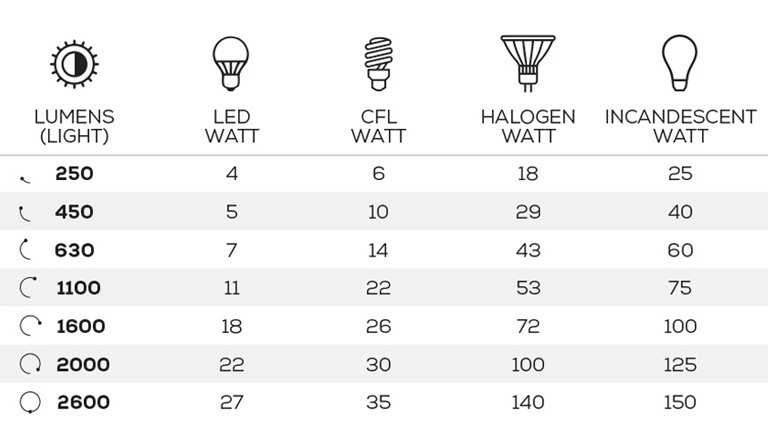

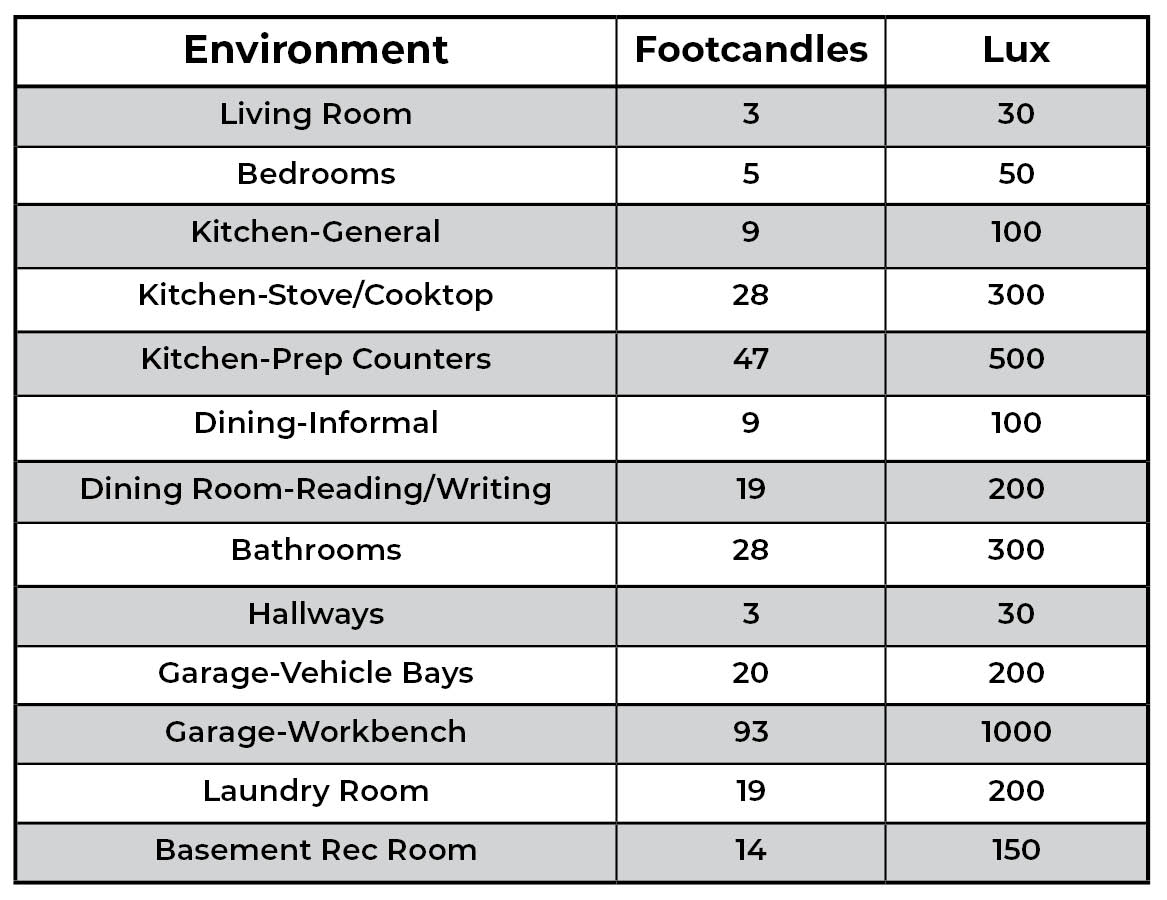
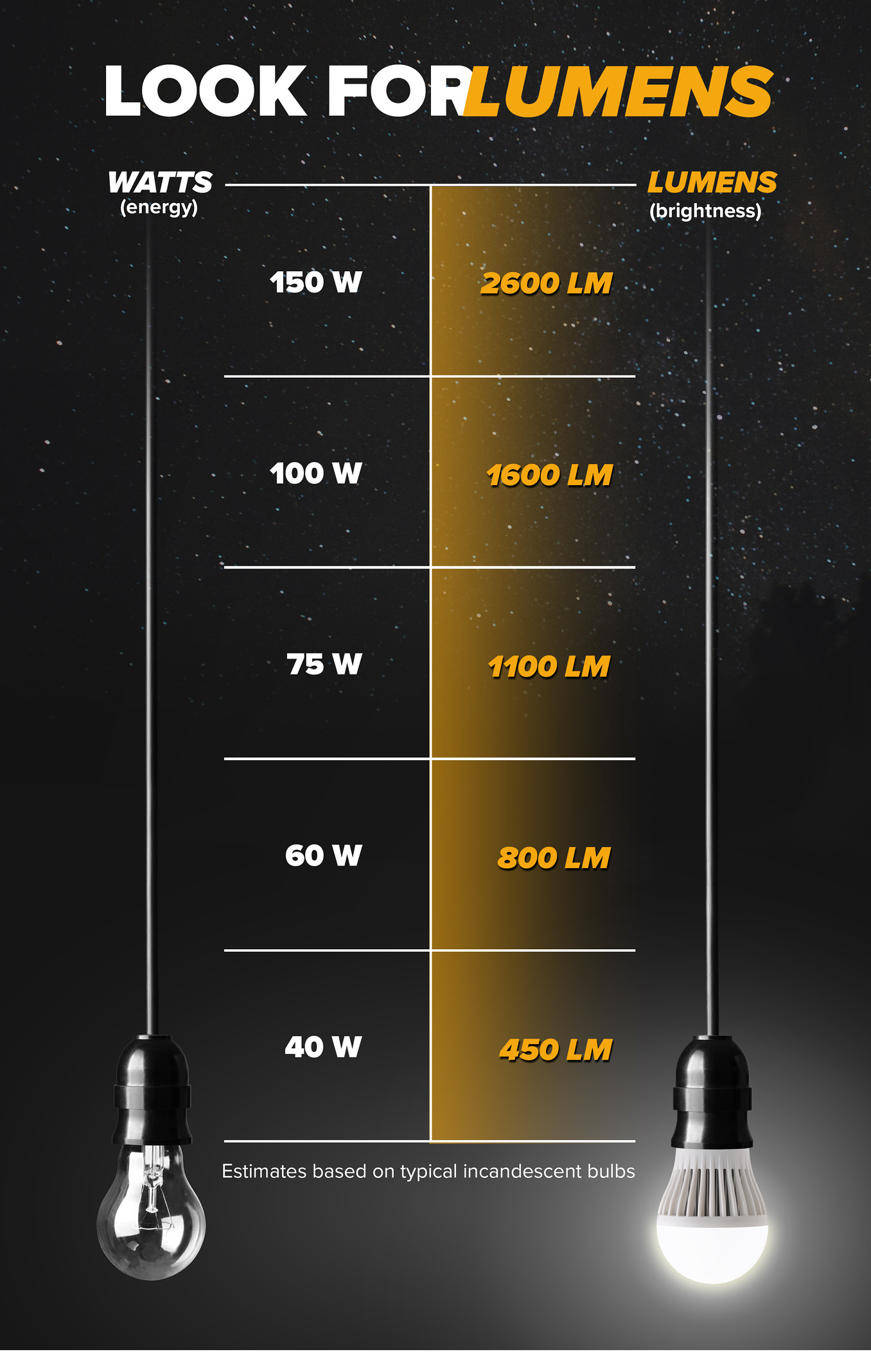

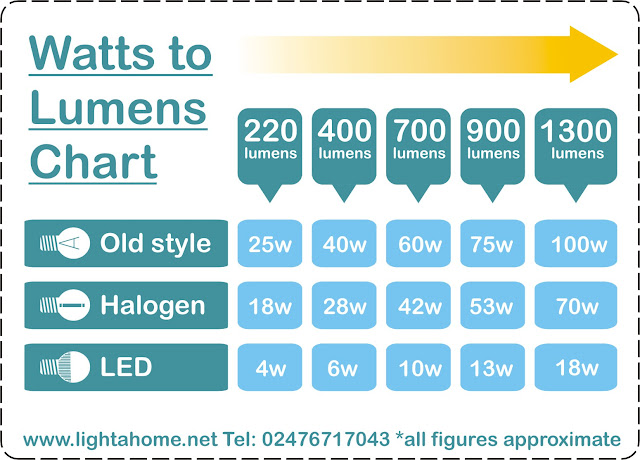
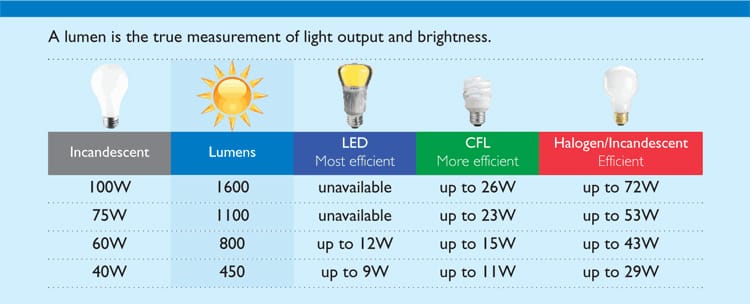
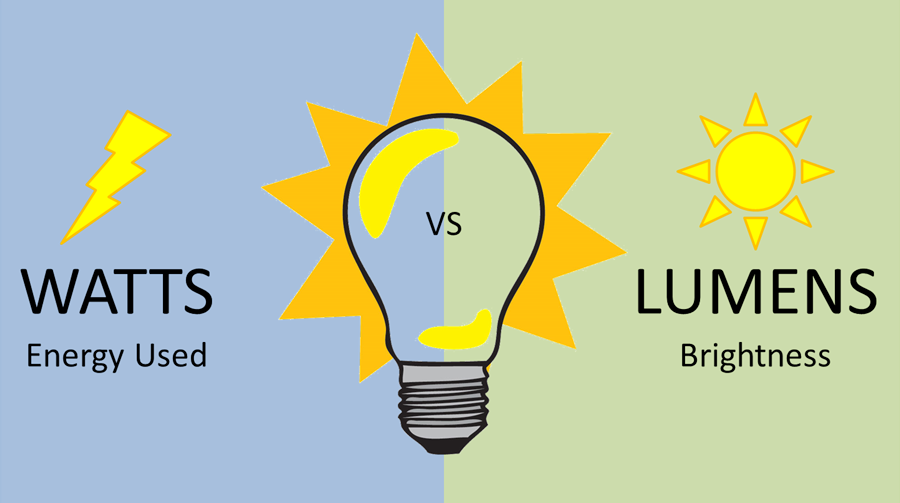
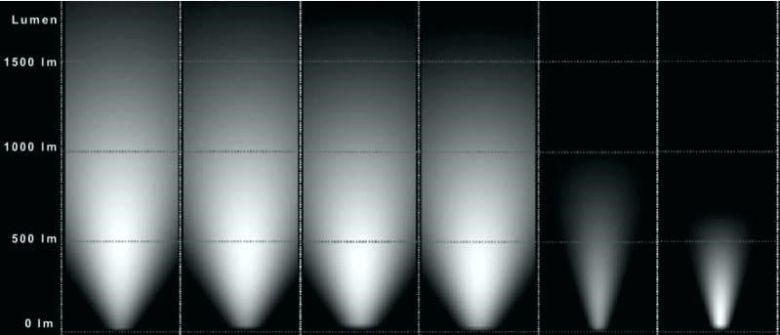

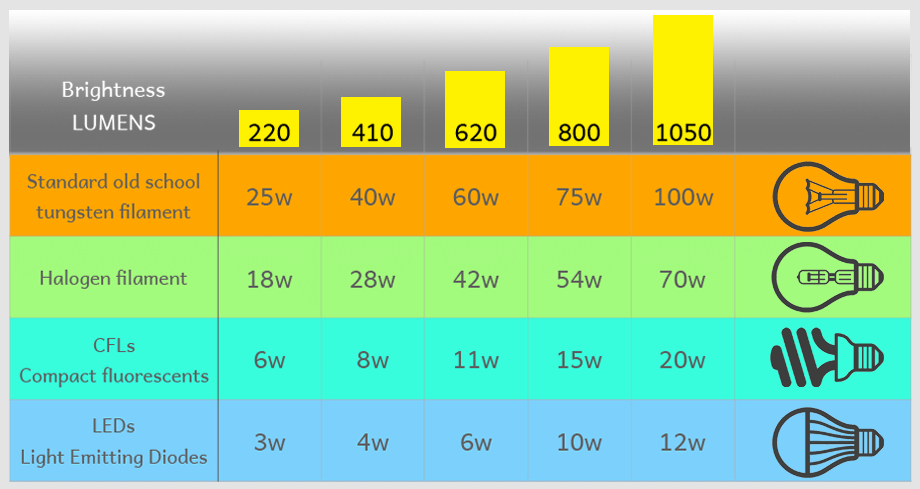
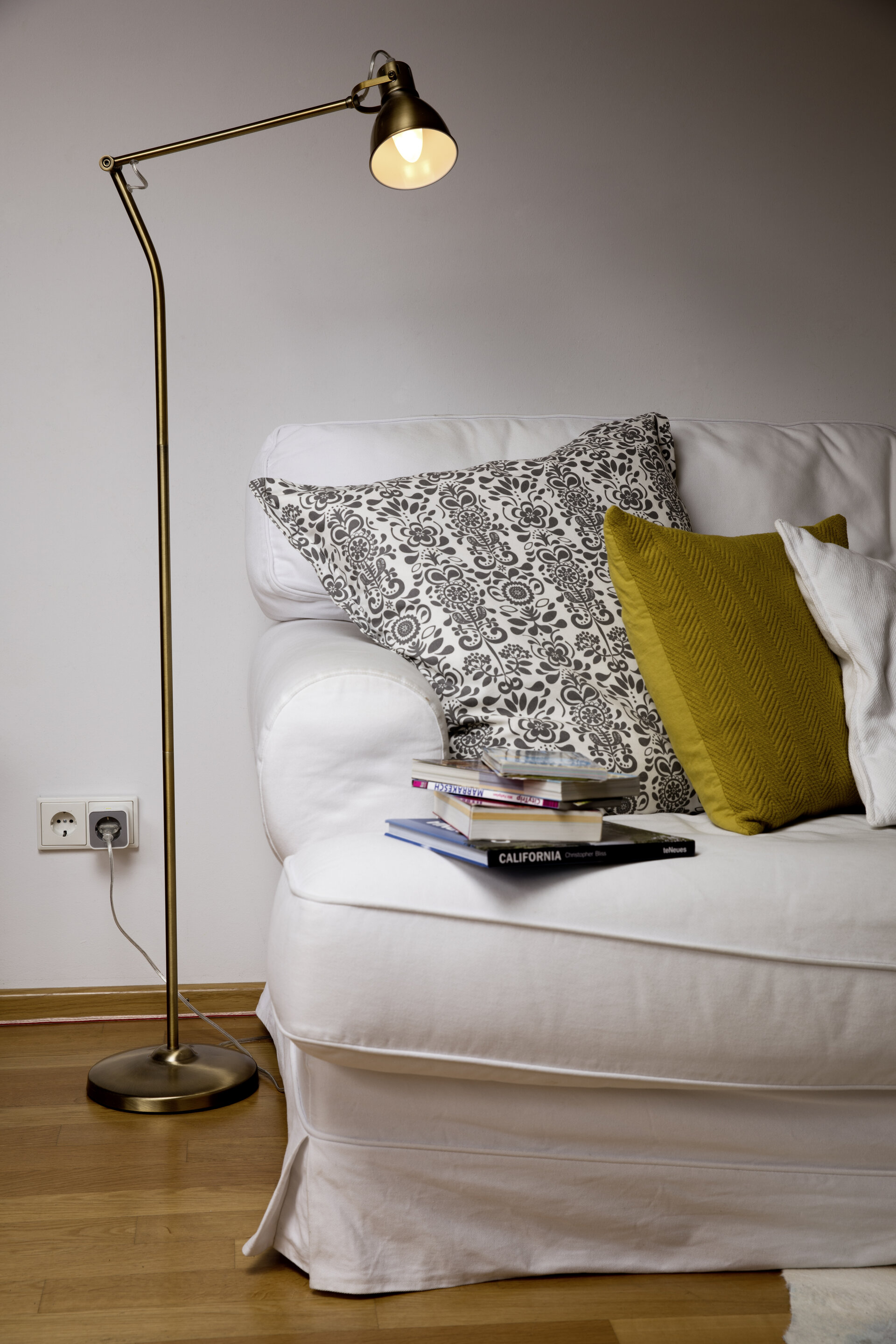



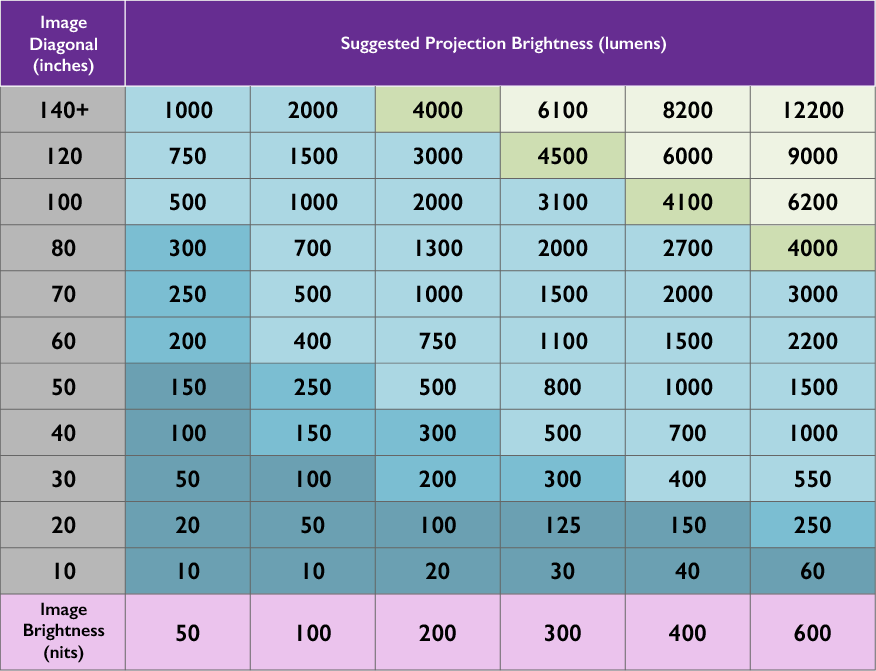


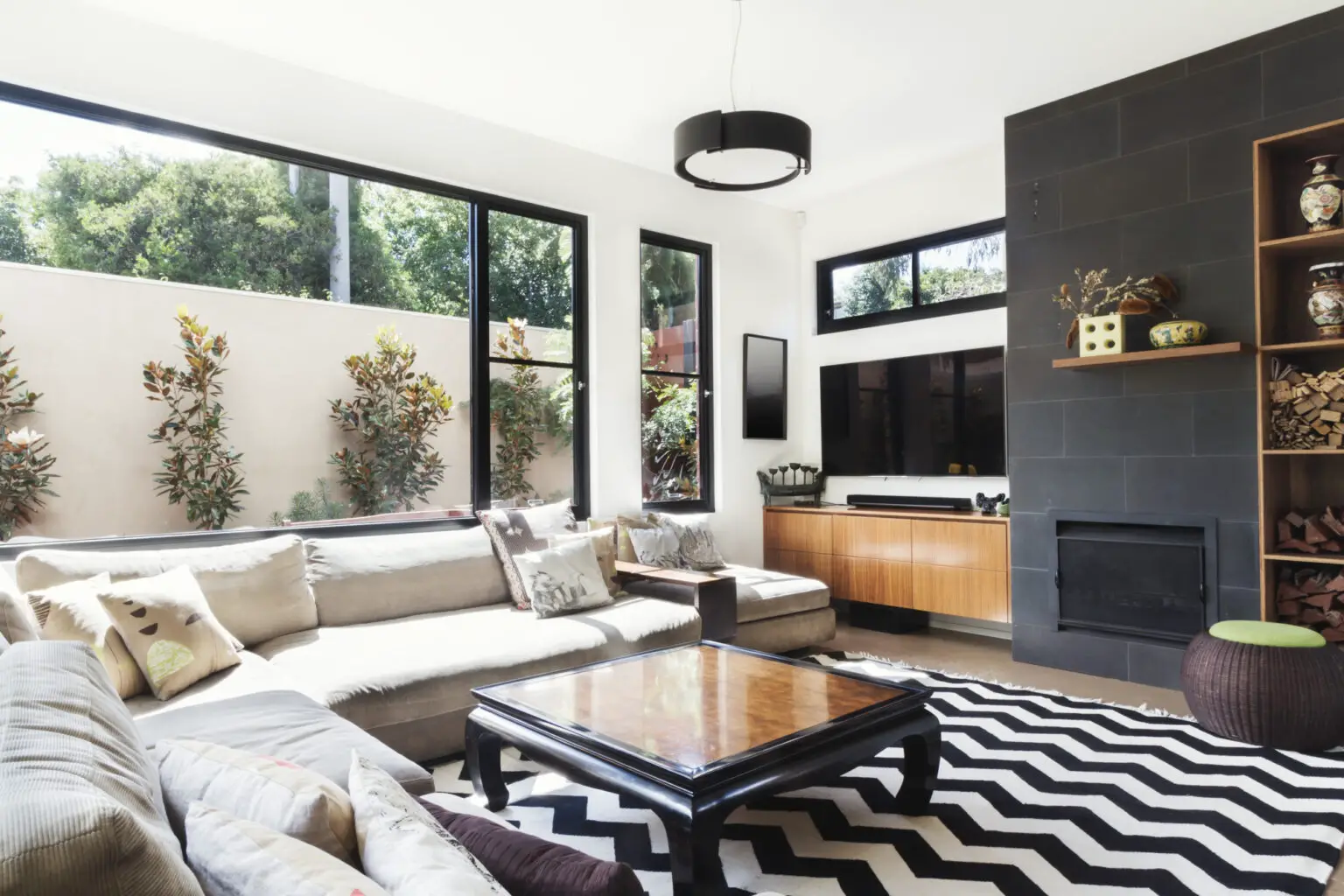


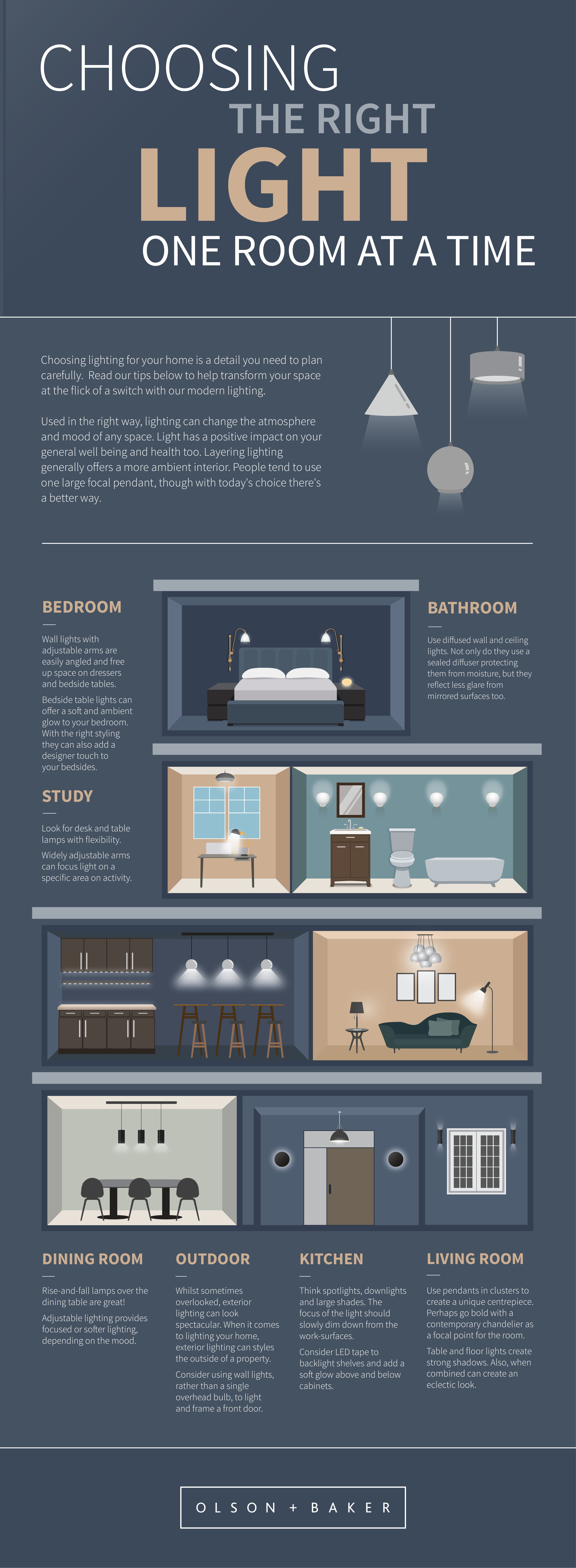

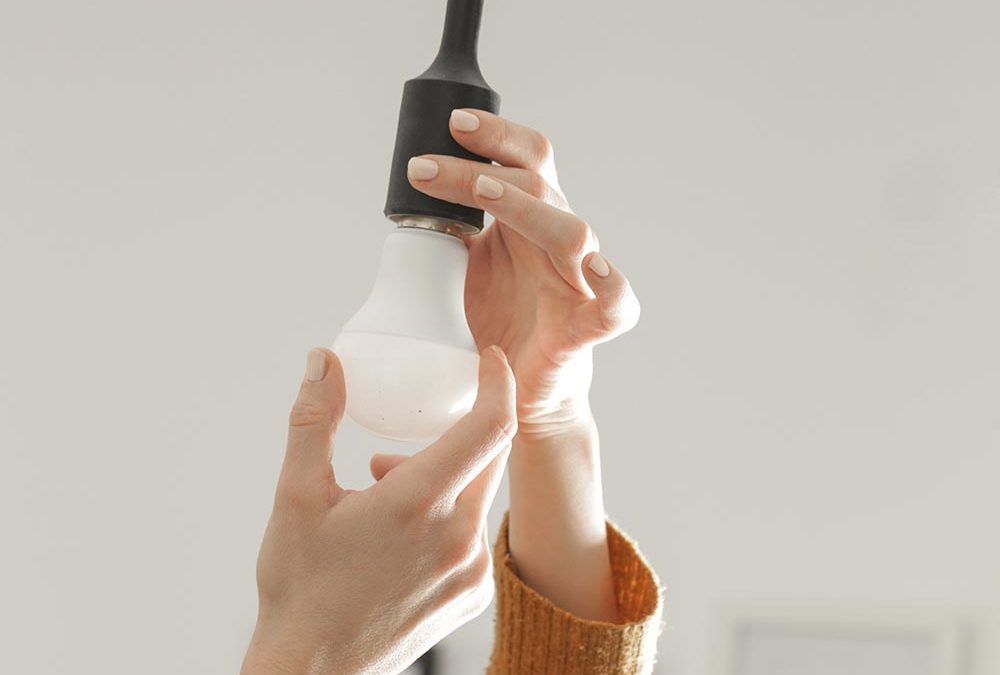









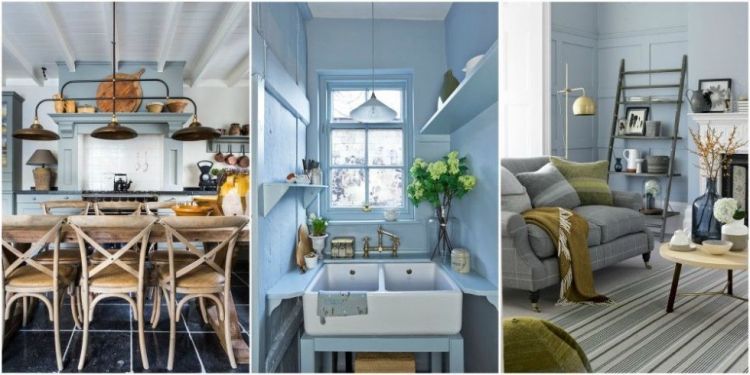


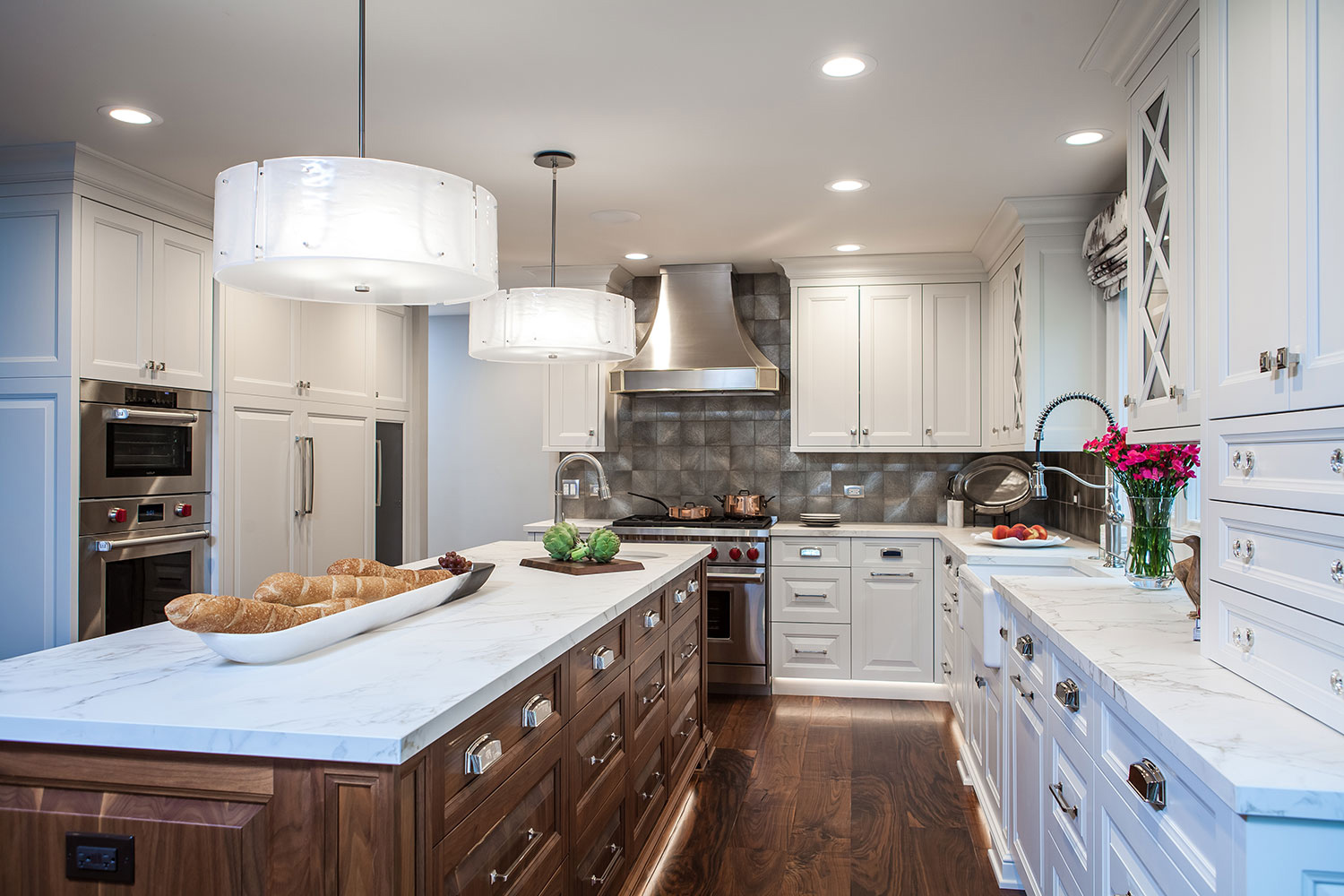

/living-room-lighting-ideas-4134256-01-2f070b6071444f1197ad5ca56d9e6678.jpg)









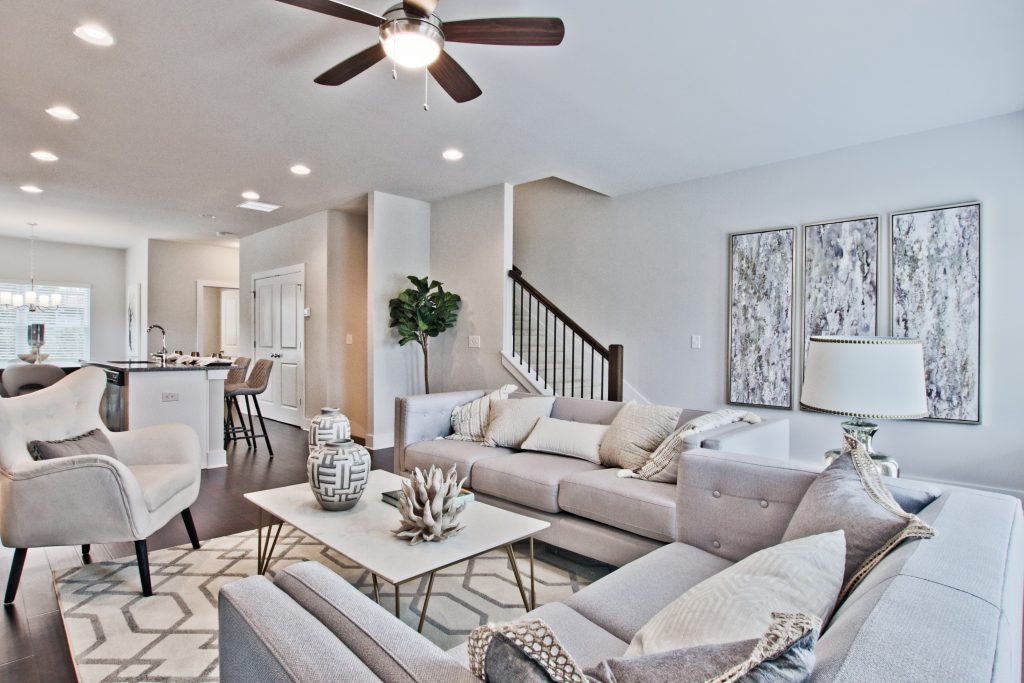
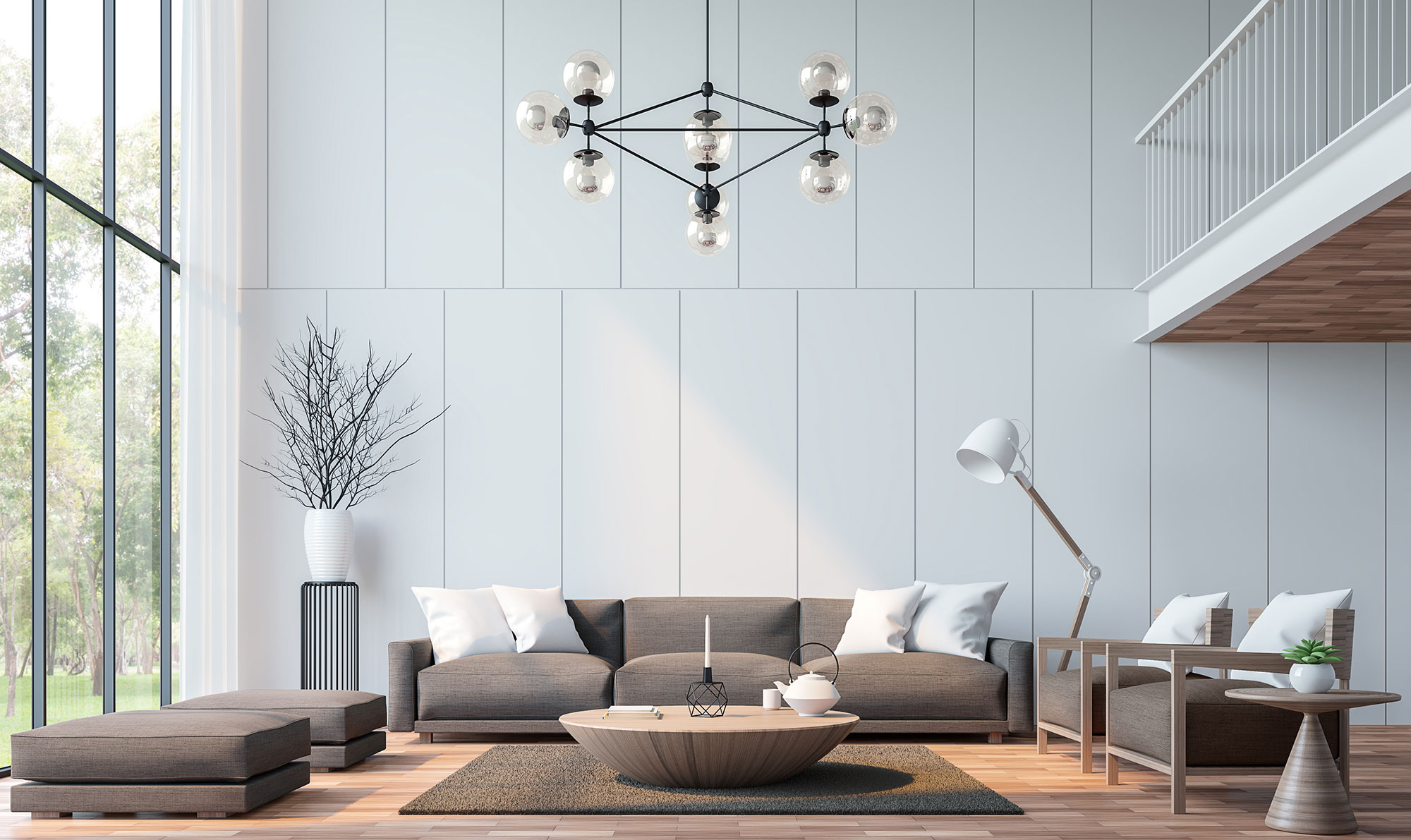

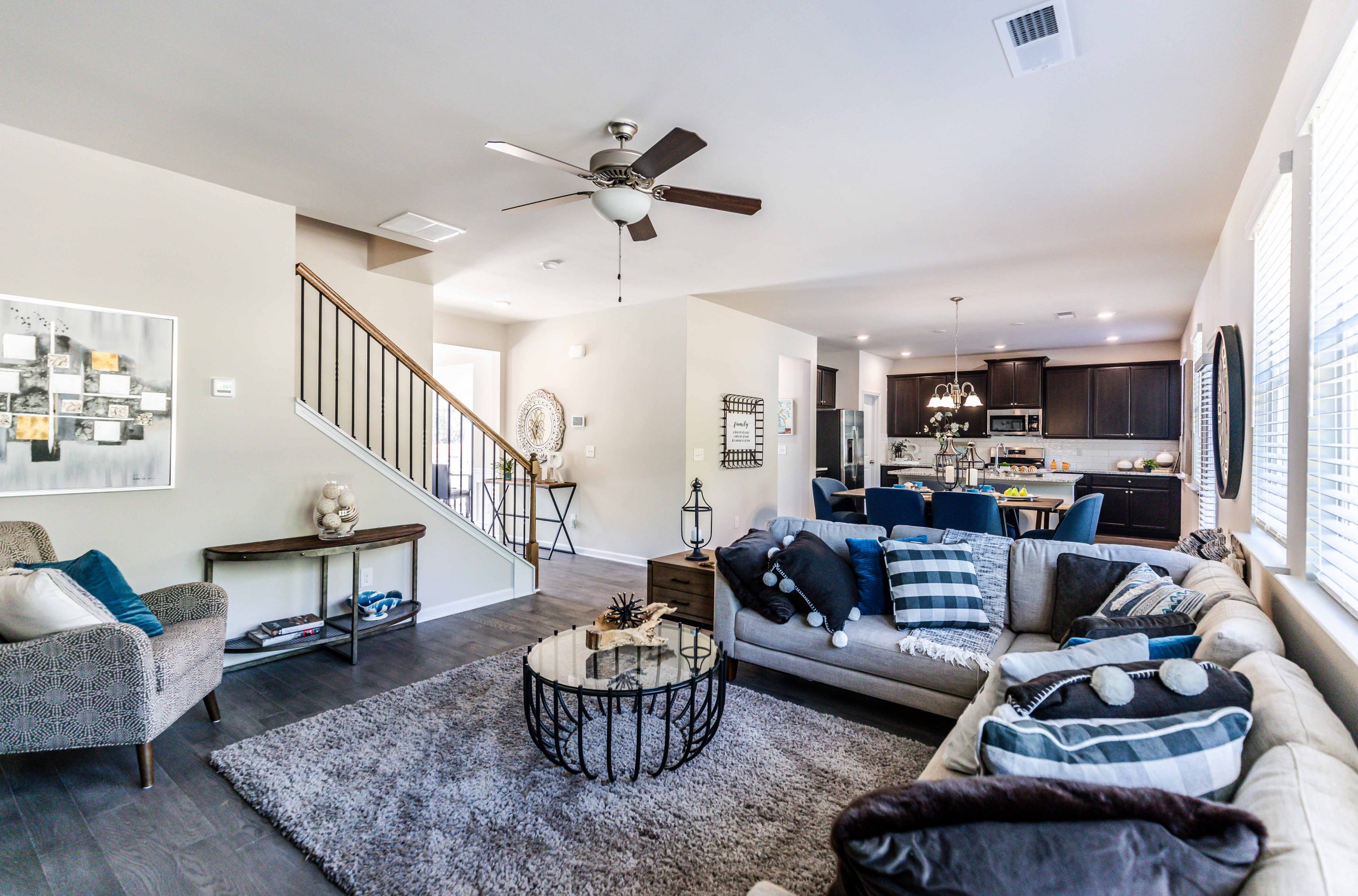
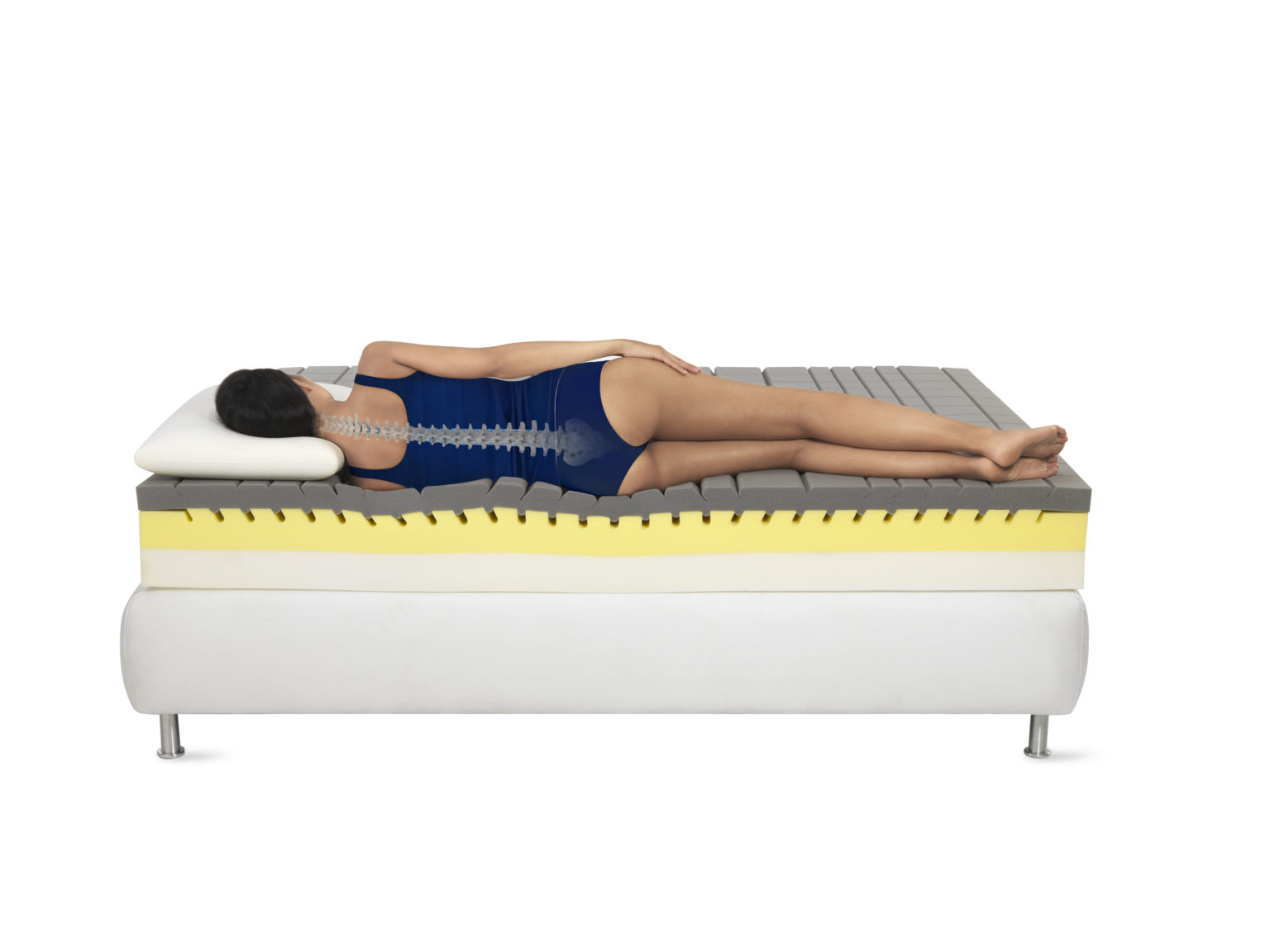



:max_bytes(150000):strip_icc()/Chuck-Schmidt-Getty-Images-56a5ae785f9b58b7d0ddfaf8.jpg)
